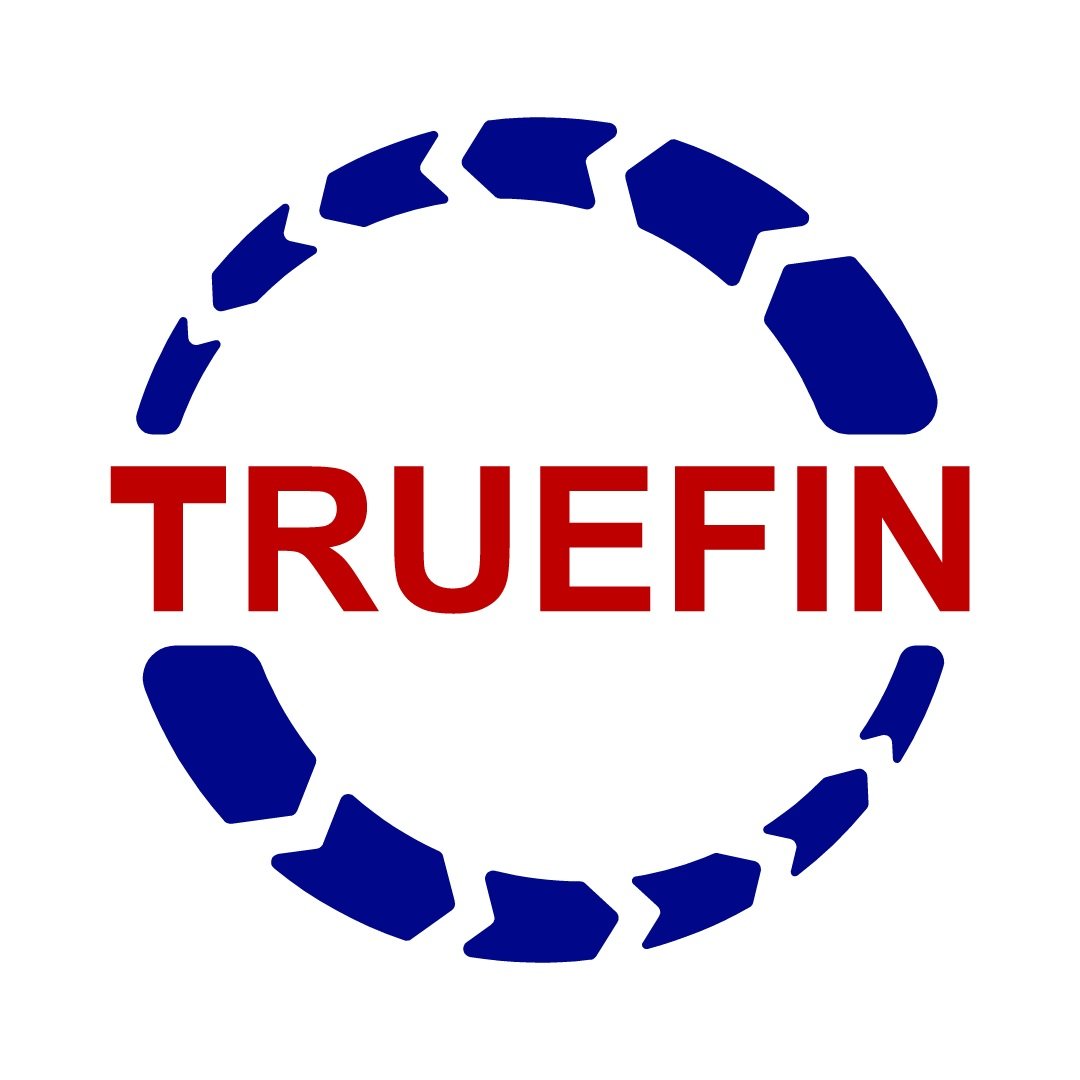Progression of the artificial spine and vertebrae design
Initially the metal spines of the scoliosis back brace were adapted to the 'Gen 1' swim fin, and subsequently the fin chassis as well as the non-metal artificial spines were created for Truefin after performing preliminary FEA. The early versions of the non-metal spine were 3D printed and later versions were molded from urethane in a cold molding (silicon mold) process. Bench break tests, as well as water tank stress tests at 115 kicks per minute were performed on multiple occasions. Also, long term endurance machine tank tests were all performed as the specific chassis and spine geometry was refined.
BELOW: Various spines. The steel spines were designed to articulate in only one plane and were the constraining members of a scoliosis back brace. Subsequently the artificial spine concept was applied to swim fins.
BELOW: Artificial spines utilized in an improved scoliosis brace which allows the biological spine to articulate and flex nearly unrestricted in the sagittal plane while correctively constraining the biological spine in the coronal plane. Associated technology is shown and described in US 10,702,312 , with other patents pending, of a biologically implantable ‘Spinal Stabilization Apparatus’.
BELOW: Prior art (old technology) of a scoliosis brace comprising a rigid longitudinal bar which immobilizes the biological spine.




